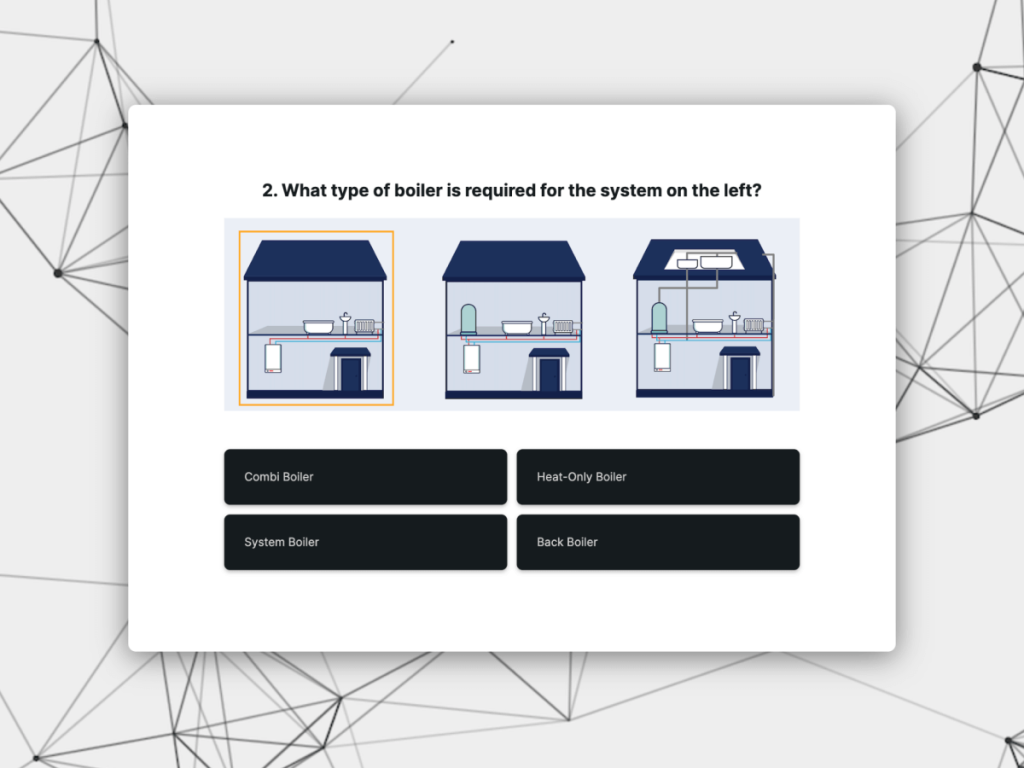Investing in content marketing is an excellent way for ecommerce businesses to grow in 2025. But the truth is, producing content that actually converts is more challenging than ever.
For one, this is because everyone (and their uncle) is doing content marketing efforts these days. There are more than two million active business accounts on Instagram. And the amount businesses are expected to spend on video advertising by the end of 2024 exceeds $78 billion.
So, if your goal is to grow your e-commerce business with the help of next-level marketing, you will have to employ the absolute best strategies, secure a high ROI, and efficiently reach your target audience.
This article aims to help you do just that. So, without further ado, the following are the top ways to grow your e-commerce business with content marketing in 2025.
1. Create Content for Each Stage of the Buyer's Journey
One of the best ways to generate value by publishing content is to employ a strategic approach.
You see, great content doesn't convert just because it's well written or because it targets popular keywords. More than anything, it delivers results because it addresses audience pain points, focusing on providing the exact value that readers/listeners/viewers need at that moment.
In other words, great content works because it matches user intent. So, to produce articles, white papers, videos, or other types of content that do that, you first have to understand that consumers in each stage of the buyer's journey have different goals.
For example, a person in the awareness stage of the buyer's journey won't benefit from reading an overly sales-y post. Quite contrary – consuming such a piece of content is only likely to alienate them. Instead, people in the top stages of the buyer's journey will want to see informational content, such as the post on mouth breathing from SomniFix. Check out how it gently nudges potential buyers towards converting with a CTA at the end of the article.

Yes, the call to action encourages readers to purchase SomniFix's product – but generating sales is not the point of the article. Instead, the goal is to address a specific consumer pain point and hopefully interest readers in exploring more about the solution SomniFix provides.
Of course, the awareness stage of the buyer's journey is not the only one worth targeting with content.
To move potential buyers through the lower stages of the sales funnel, brands can also invest in putting together buyer's guides or comparative reviews, like this resource on golf simulators from Rain or Shine Golf.
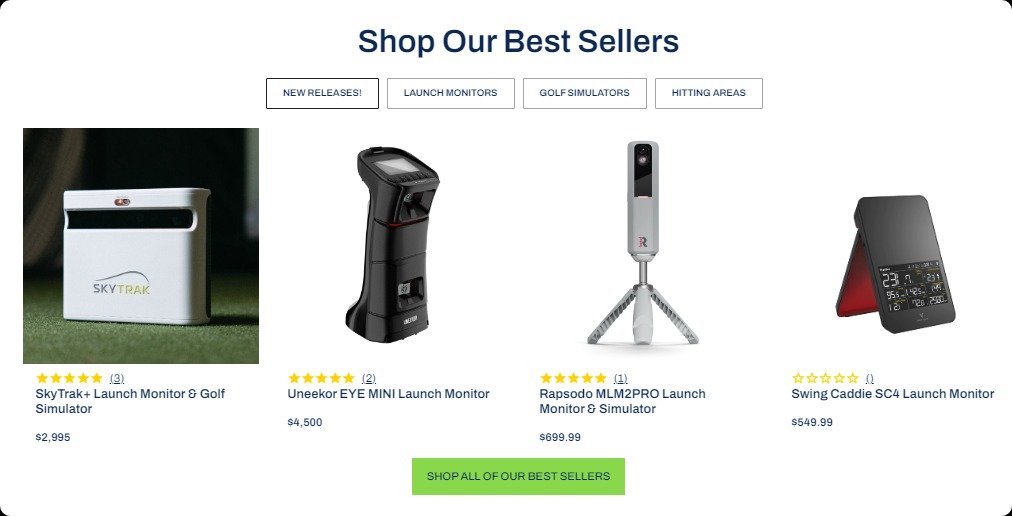
And, for those e-commerce brands ready to take things to the next level, it's also not a bad idea to create content for customers who have already converted. For example, take a look at how Aventon employs a solid content marketing strategy that helps buyers get more value out of their purchase – and consequently encourages customer loyalty.
This type of approach doesn't just focus on short-term goals. It truly supports the growth of your ecommerce business by ensuring your existing customers see it as the absolute best option for acquiring products in the future.
2. Unleash the Power of Educational Content
Did you know that chances of a consumer converting increase by 131% after reading an educational article?
That's right, investing in educational content – for your blog or your social media profiles – is the ideal way for you to offer unmatched value to your target market and maximize their chances of becoming loyal customers of your brand.
Plus, it's beneficial for driving qualified traffic to your site as well. According to Semrush's latest report, "how-to" articles generate 1.5x more organic traffic than other articles, and posts with the word "guide" in the title lead to a 3x increase in traffic.
A great example of how you can educate your potential audience (and encourage them to invest in your products) comes from GetSafe on their medical alert systems page. This company has an in-depth article about how medical alert systems work, ensuring that potential customers know what to expect if (and when) they decide to invest in such a solution.

But boosting conversions is not the only benefit of producing and distributing educational content. Investing in in-depth resources is also an effective strategy to position your brand as a trustworthy business. Furthermore, it can help you showcase your team's expertise and establish your organization as the authority in your niche.
For an excellent illustration, check out how Impossible creates content for the Health section of its website blog.
Because the brand just launched its Sleep formula, publishing educational articles on the topic of sleep health makes for a great tactic. For one, it helps build a positive reputation for the brand in the health and wellness industry. Plus, it also works to maximize Impossible's chances of becoming the go-to supplier of energy supplements for audiences looking for science-backed solutions.
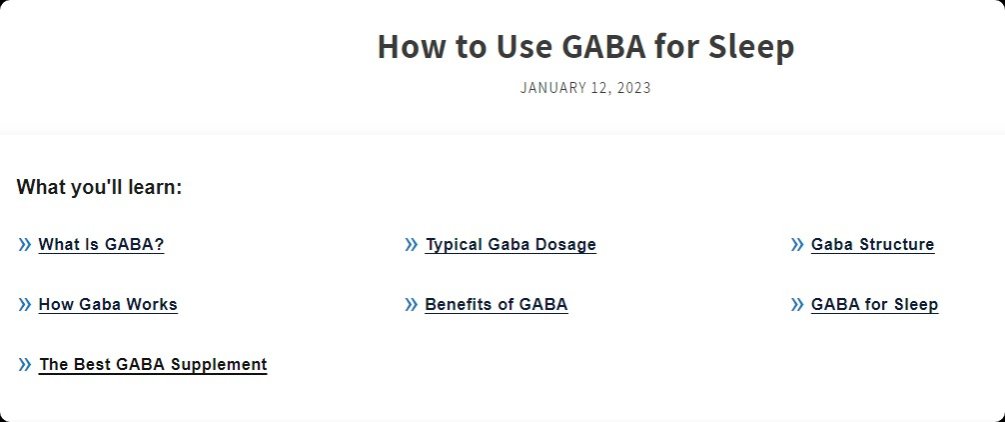
3. Use Content to Meet Consumer Wants
There are many factors that consumers take into consideration when shopping online.
For example, PWC's research from 2021 revealed that 69% of people made purchasing decisions based on price. However, it also showed that people wanted efficiency and convenience when deciding what brands to buy from.
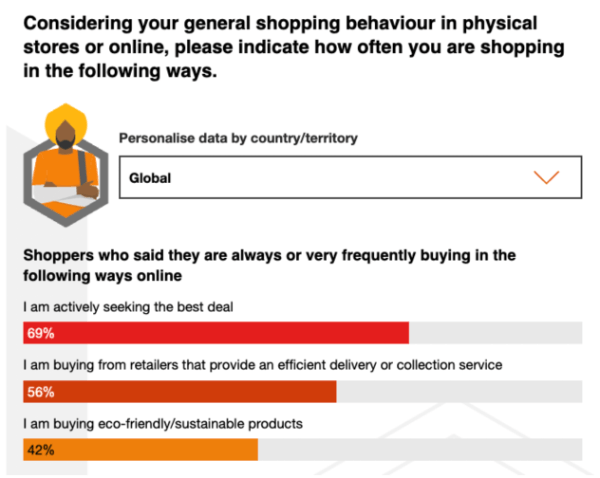
Considering this data, you'll want to find original ways to use content marketing to give consumers what they want.
On the one hand, this might mean producing content that improves the shopping experience. Check out the guide to realistic electric fireplaces from US Fireplace Store. You'll see that this brand achieves the desired effect by simply presenting blog readers with a variety of products that match a predetermined visual criterion.
On the other hand, creating content that meets consumer wants might mean exploring topics your audience cares about. For example, sustainable fashion brand COS knows that its audience wants premium quality garments that don't harm the environment.
So, its Magazine features stories about the brand's production practices, including a series of interviews with the people directly involved in sourcing fabrics.

4. Build Community With UGC
If you're fully committed to using content to advance your business, it's high time to start utilizing user-generated content.
According to TINT's State of User-Generated Content report, 60% of marketers agree that UGC generates more audience engagement than branded content. Furthermore, 72% of buyers say that they're more likely to trust reviews and testimonials than branded content.
Seeing these stats, it's clear that UGC definitely has the potential to help e-commerce businesses grow in the coming year.
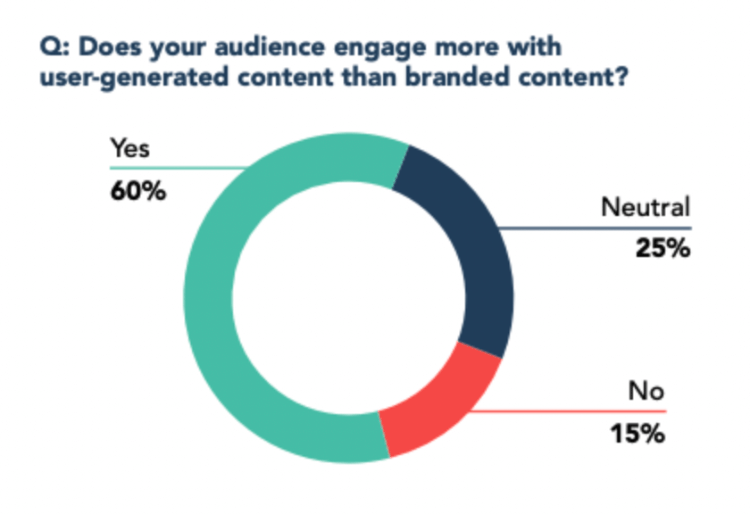
Bear in mind that utilizing UGC shouldn't just be used to sell products. Arguably, the better way to utilize it is to:
build communities
engage prospective customers
encourage loyalty amongst existing buyers
For example, if you look at the Bésame Cosmetics Instagram profile, you'll see that the brand regularly reposts UGC. This shows that Bésame cares about building a community for those who enjoy historically-inspired glamour.
And on top of that, it also proves that the company works hard to create products consumers will love using, regardless of whether they're after historical accuracy or just want a premium experience.

5. Don't Limit Yourself to Traditional Formats & Distribution Channels
Finally, as you explore methods to grow your e-commerce business, remember that great content doesn't just come in the form of guest posts or social media posts. In fact, the best way to go forward is to look for ways to do something different from your competition.
For starters, try exploring alternative content formats. Podcasts, for example, attracted 383.7 million listeners in 2021, so Headspace chose to dedicate a sizeable portion of its content marketing budget to produce several shows potential subscribers can listen to (for free).

Or, if experimenting with formats doesn't work for your business, you could explore new content distribution channels. Being active on Reddit channels and answering questions on Quora are excellent ways to reach new audiences and interact with existing users of your products.
You can even use these channels to help your first-time buyers get the best value for money. Just check out the Nordstrom Reddit channel, where users can ask questions and get answers from Nordstrom employees.
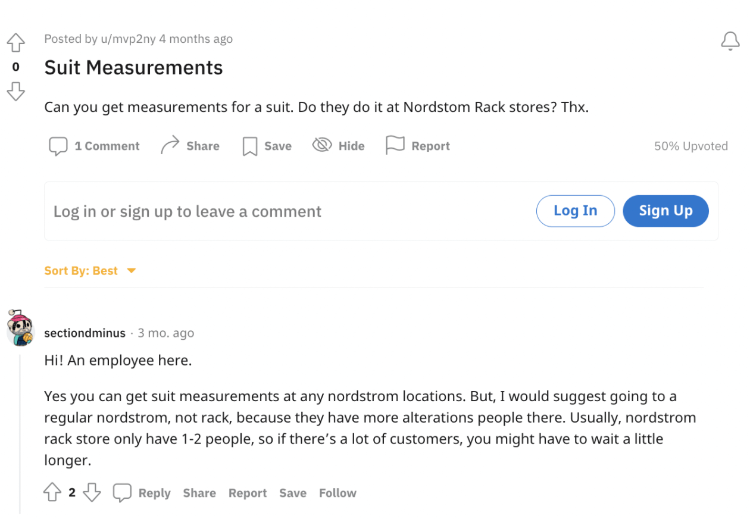
6. Leverage Content for SEO and Visibility
Ecommerce content strategy must take into account search engine optimization (SEO). SEO practices include incorporating relevant keywords, providing comprehensive meta descriptions, valuable content and employing correct header usage. These strategies help to improve your content's visibility in search engine results, thus bringing in more additional traffic to your site. Greater visibility means more opportunities for engagement and conversions, making SEO an essential component of content marketing plan.
For example, a brand selling artisan coffee beans might write a blog post about the process of brewing the perfect cup of coffee at home. They may use targeted keywords such as "how to brew coffee at home" or "best coffee brewing methods", this content could rank higher in search results, attracting organic search traffic to their ecommerce website and potentially boosting online sales.
7. Explore the Power of Video Content
Video content is becoming an increasingly popular medium for conveying brand messages and engaging with audiences. Its dynamic and immersive nature allows brands to convey their stories, products, or services in a way that can be more engaging and understandable than text. High-quality product photos along with vides can help broader audience understand the benefits of a product or service better, creating a more compelling argument for conversion. For instance, a skincare brand might create a video tutorial showing how to use their products for a specific skincare routine.

8. The Potential of Social Media Content and Marketing Emails
Social media platforms and email marketing can act as powerful distribution channels for your content. They allow for personalization and direct interaction with your potential and current customers. For example, Sephora share content like grooming tips or behind-the-scenes peeks on social media, thereby connecting with their audience on a more personal level.
Simultaneously, they could use email marketing to provide subscribers with exclusive content, such as early access to sales or personalized product recommendations based on past purchases.
9. Engage Audiences Through Interactive Content
Interactive content creation, including quizzes, polls, or interactive infographics, offers a two-way interaction that can drive higher engagement rates. This content marketing method not only provides value but also encourages audiences to actively engage with the content, promoting a more profound connection between the brand and its audience. It's an effective way to differentiate your brand and provide a unique user experience.
Create Your Own Interactive Content
Get Started with 300+ Templates
10. Measure and Improve with Content Analytics
Content analytics play a critical role in the content marketing process, helping brands understand what type of content resonates with their audience. Metrics such as page views, average time spent on a page, and click-through rates provide insights into audience preferences and content performance. Brands can use this data to refine their content strategies and create more relevant content.
Final Thoughts
Investing in ecommerce content marketing strategy is critical for growing your e-commerce business in 2025. But to ensure that all your hard work pays off, you'll need to approach the production process from a customer-oriented standpoint.
Don't fall into the trap of publishing posts just so you have an extensive blog section. Instead, focus your attention (and budget) on delivering value, solving customer pain points, and attracting new audiences.
Author
Natasha is a lady of a keyboard and one hell of a geek. She has been working for, and collaborating with, individual clients and companies of all sizes for more than a decade. Natasha specializes in writing about design, branding, digital marketing, and business growth. She is also addicted to art in all its forms and grilled tofu.



